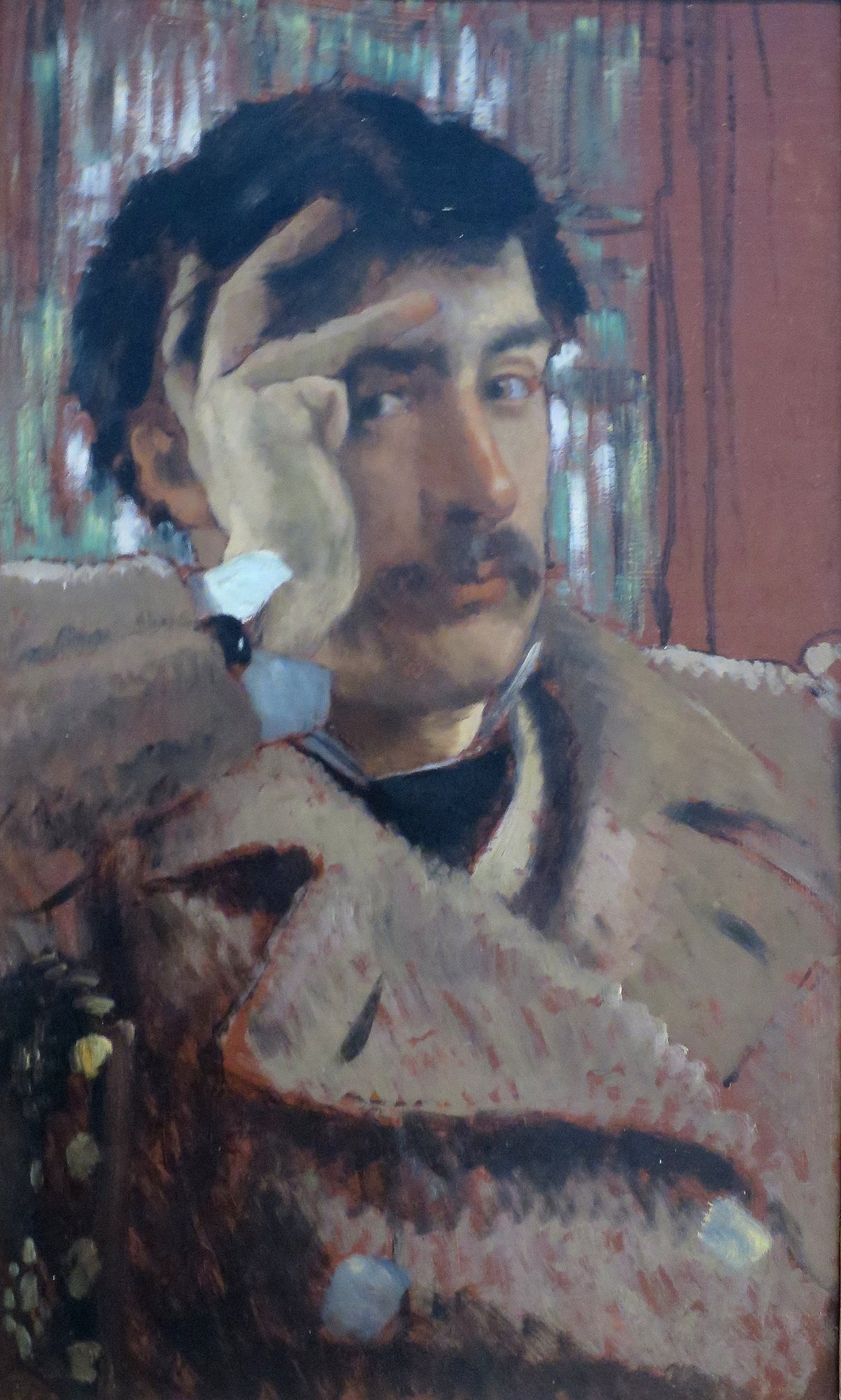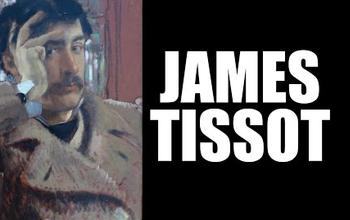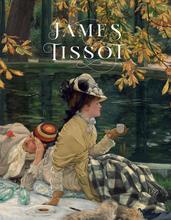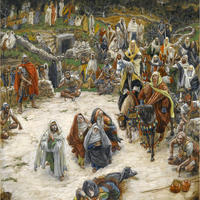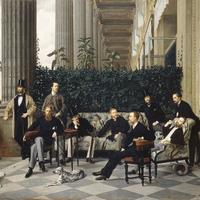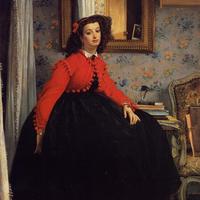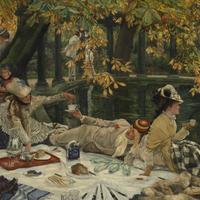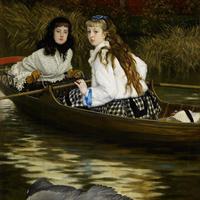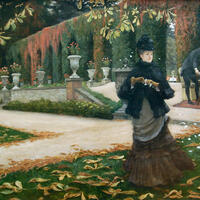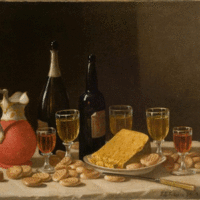More about James Tissot
- All
- Info
- Video
- Shop

Contributor
Painter of fashionable women, surprisingly not an Impressionist.
Born Jacques Joseph Tissot on October 15, 1836, in Nantes, France, and better known by the anglicized version of his name, James Tissot is known for his detailed and charming depictions of fashionable women and the daily life of the European upper crust. It’s no wonder he paid so much attention to clothes in his paintings, seeing as papa was was drapery merchant and maman dabbled in making hats. Tissot left Nantes in 1856 to train at the illustrious École des Beaux-Arts. While in Paris, young Jacques Joseph hung out with the likes of James Abbott Mcneill Whistler and Edgar Degas. Likely looking for a slightly punchier moniker, it was around this time that Tissot began to use the English version of his first name, James.
Tissot hit the road in the 1860, traveling to Italy and London. Tissot would ultimately find a large market for his work within London high society, exhibiting artwork at the Royal Academy of Art. He fully assimilated into English life, styling himself as somewhat of a dandy and taking up residence in a classic English mansion with an extensive garden that he frequently used as a setting for his work. His traditionally composed and executed scenes appealed to English patrons, and even though he was familiar with Impressionism, and shares influences from Japanese art, Tissot seemed to like to stick to the classics in terms of his style and rendering. Turns out playing it safe was pretty lucrative, and his more traditional style avoided the ire of the critics that so frequently plagued the Impressionists.
It was during his time in England that he met his mistress and muse, Kathleen Newton, an Irish divorcee. Her delicate features and red hair captured his attention, and she and her family appear in many of his paintings. Kathleen died in arguably the most Victorian way possible, first contracting tuberculosis and then committing suicide via laudanum overdose in 1882. After her death, Tissot’s work was never the same again, and he eventually shifted gears to producing religious paintings after a return to the church. Incidentally, his paintings of bible stories were more well known in the years immediately after his death, though today his depictions of fashionably dressed beautiful women are more famous.
Sources
- "Biography of James Jacques Joseph Tissot." James Jacques Joseph Tissot - The Complete Works. Accessed October 03, 2018. https://www.jamestissot.org/biography.html.
- Isaacs, Deanna. "James Tissot's Tragic Muse." Chicago Reader. August 19, 2013. Accessed October 03, 2018. https://www.chicagoreader.com/chicago/art-institute-impressionism-fashi….
- Misfeldt, Willard E. "Tissot, James." Grove Art Online. 2003. Accessed October 03, 2018. http://www.oxfordartonline.com.libproxy.smith.edu:2048/groveart/view/10….
- "Tissot, James." Benezit Dictionary of Artists. March 26, 2018. Accessed October 03, 2018. http://www.oxfordartonline.com.libproxy.smith.edu:2048/benezit/view/10….
Featured Content
Here is what Wikipedia says about James Tissot
Jacques Joseph Tissot (
French: [ʒɑk ʒozɛf tiso]; 15 October 1836 – 8 August 1902), better known as James Tissot (/ˈtɪsoʊ/), was a French painter, illustrator, and caricaturist. He was born to a drapery merchant and a milliner and decided to pursue a career in art at a young age, coming to incorporate elements of realism, early Impressionism, and academic art into his work. He is best known for a variety of genre paintings of contemporary European high society produced during the peak of his career, which focused on the people and women's fashion of the Belle Époque and Victorian England, but he would also explore many medieval, biblical, and Japoniste subjects throughout his life. His career included work as a caricaturist for Vanity Fair under the pseudonym of Coïdé.
Tissot served in the Franco-Prussian War on the side of France and later the Paris Commune before moving to London in 1871, where he would find further success as an artist as well as meet Irishwoman Kathleen Newton, who came to live with him as a close companion and muse until her death in 1882. Tissot maintained close relations with the Impressionist movement for much of his life, including James Abbott Whistler and friend and mentee Edgar Degas. He was awarded the French Legion of Honor in 1894.
Check out the full Wikipedia article about James Tissot

